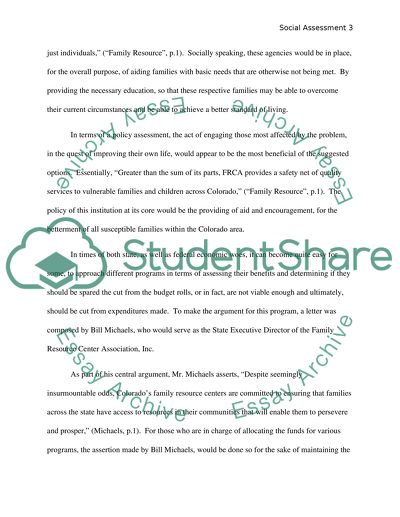Cite this document
(“Social Assessment of Family Resource Centers Essay”, n.d.)
Social Assessment of Family Resource Centers Essay. Retrieved from https://studentshare.org/miscellaneous/1518096-social-assessment-of-family-resource-centers
Social Assessment of Family Resource Centers Essay. Retrieved from https://studentshare.org/miscellaneous/1518096-social-assessment-of-family-resource-centers
(Social Assessment of Family Resource Centers Essay)
Social Assessment of Family Resource Centers Essay. https://studentshare.org/miscellaneous/1518096-social-assessment-of-family-resource-centers.
Social Assessment of Family Resource Centers Essay. https://studentshare.org/miscellaneous/1518096-social-assessment-of-family-resource-centers.
“Social Assessment of Family Resource Centers Essay”, n.d. https://studentshare.org/miscellaneous/1518096-social-assessment-of-family-resource-centers.


